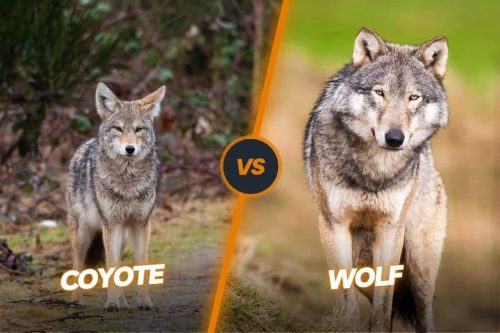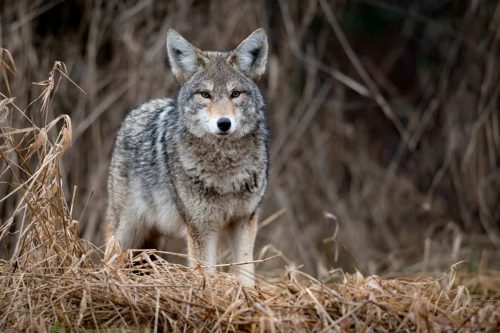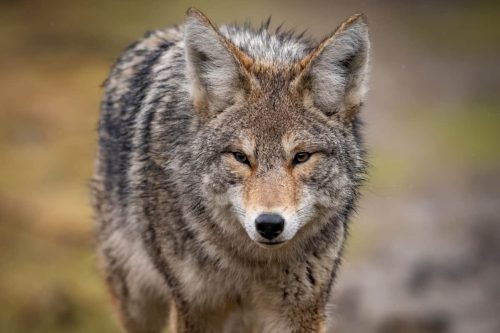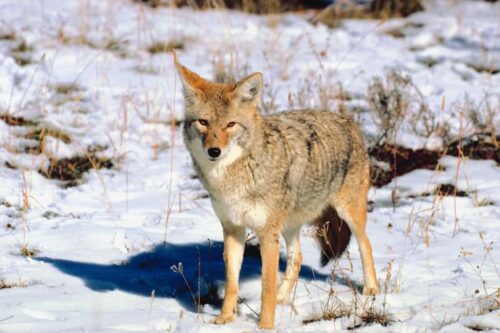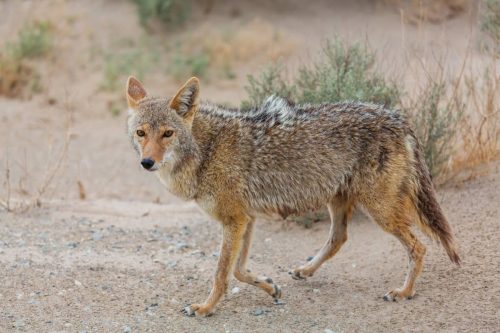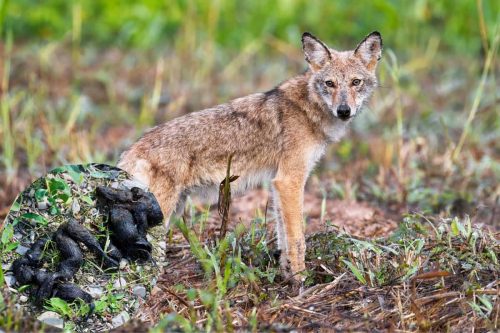Types Of Coyotes: Exploring The Different Coyote Species
Coyotes are very prominent members of the canine family having many other known wild animals like foxes, wolves, and dogs. You can find traces of the Coyotes from Northern Canada to the central and southern sides of America. Owing to the widespread territorial range, there are almost 19 subspecies of Coyotes throughout the North American continent. These subspecies have differences on the basis of home range and genetics. They are very less in number in South America due to the Darien Gap effect. Overall, they have a very stable population throughout the continent. In this article, we are going to discuss different types of coyotes and how much they differ from each other.
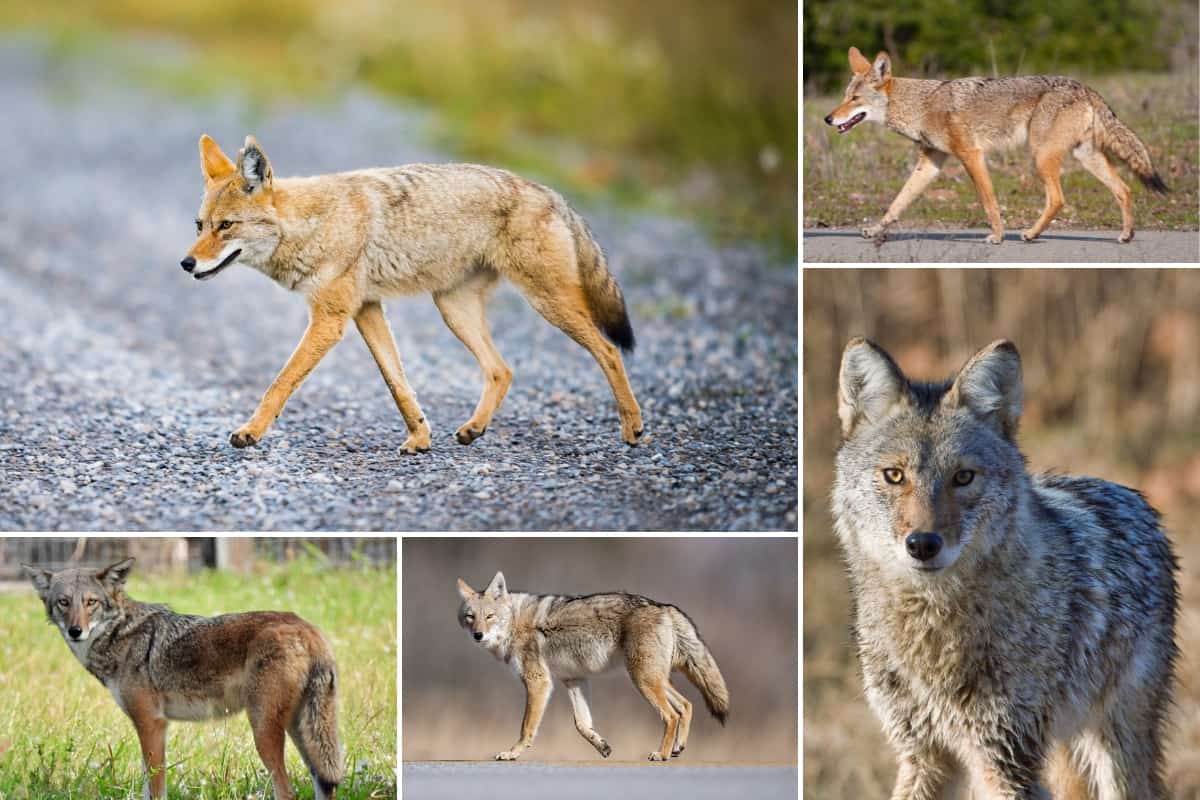
Contents
How many different coyotes are there?
There are a total of 19 coyote species that you can find on the American continent. Twelve of them lie in the North American region while seven of them lie in Central America. Among these coyotes, the largest size coyotes could be witnessed in the Southeastern side of the USA. Let’s discuss the coyote types on the basis of the regions where they exist.
Western coyotes

Western coyotes or North American coyotes are the coyote populations we can find in the western side of North America. This includes regions like the western United States, western Canada, and some parts of Mexico. Western coyotes are a subspecies of coyotes (Canis latrans) and share many characteristics with coyotes of other regions. They are known for their adaptability and wide distribution across various habitats.
Western coyotes play a very vital ecological role in their respective habitats in helping to regulate the prey population. They are feeding on a wide range of food sources like small mammals, birds, reptiles, fruits, and carrion. It’s worth noting that regional variations in their behavior, size, and adaptations can happen within the population of western coyotes due to factors such as habitat type, prey availability, and environmental conditions.
There are a total of six subspecies that come under western coyotes like Mountain, Northern, Northwest Coast, Sand Pedro Martir, Peninsula, and California Valley.
Californian valley coyote
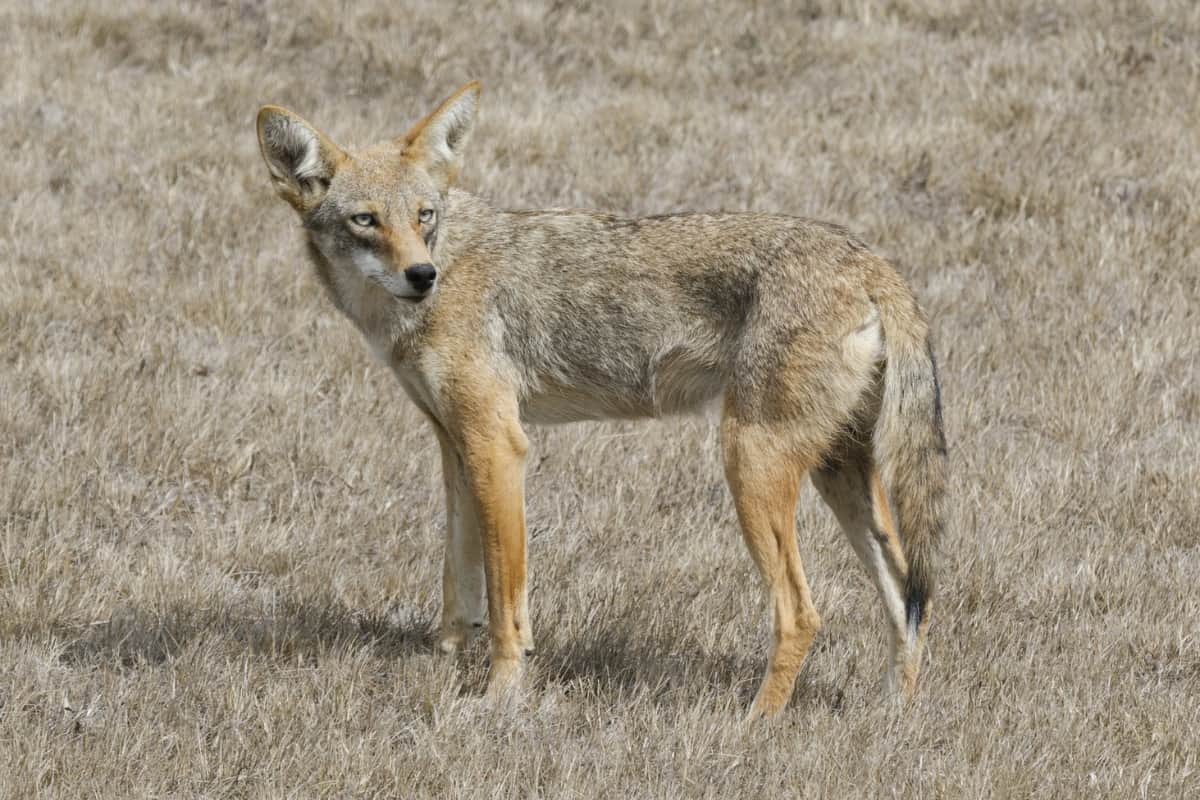
The California Valley Coyote or San Joaquin Valley Coyote (Canis latrans ochropus), is a subspecies of the coyote found primarily in the Central Valley of California. It has large dark ears but small teeth.
Northern coyotes
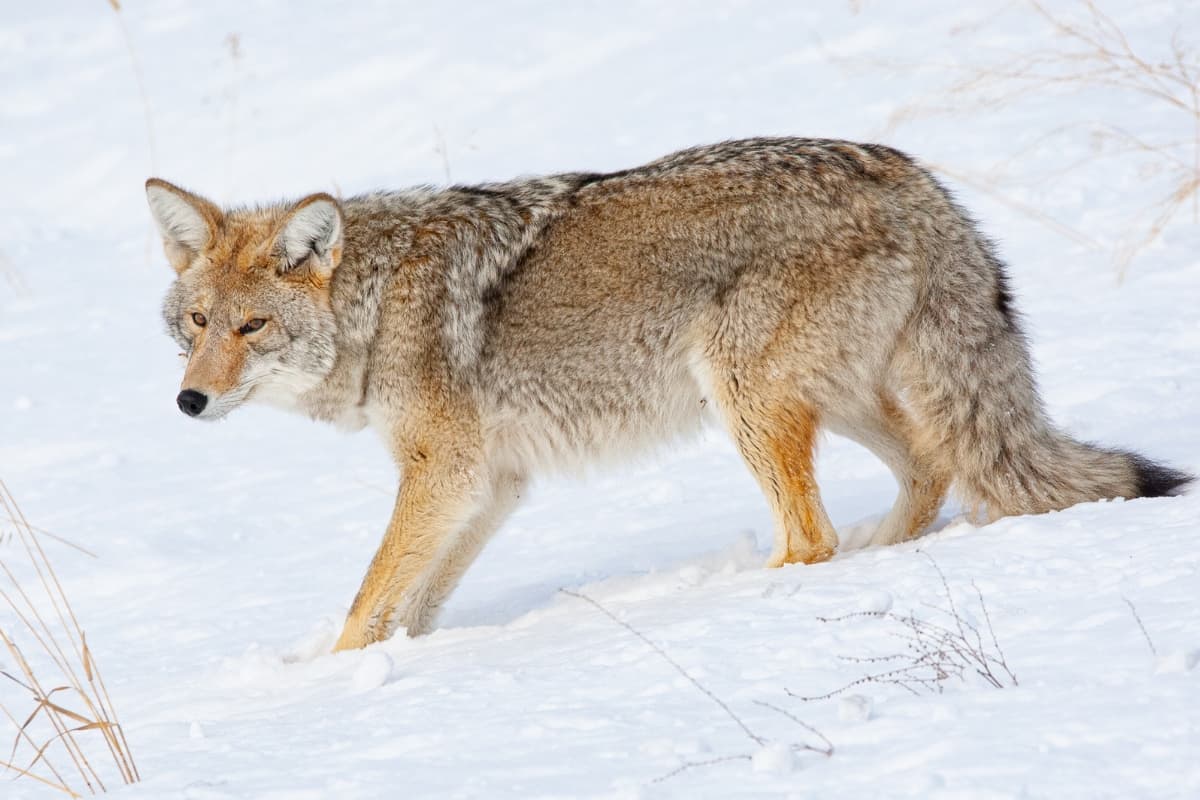
Northern Coyotes are a subspecies of coyotes found in the northeastern region of North America, including parts of the United States Alaska, and Canadian territories like Alberta and British Columbia. It has thick fur having a cinnamon coat color.
Northwest coast coyotes
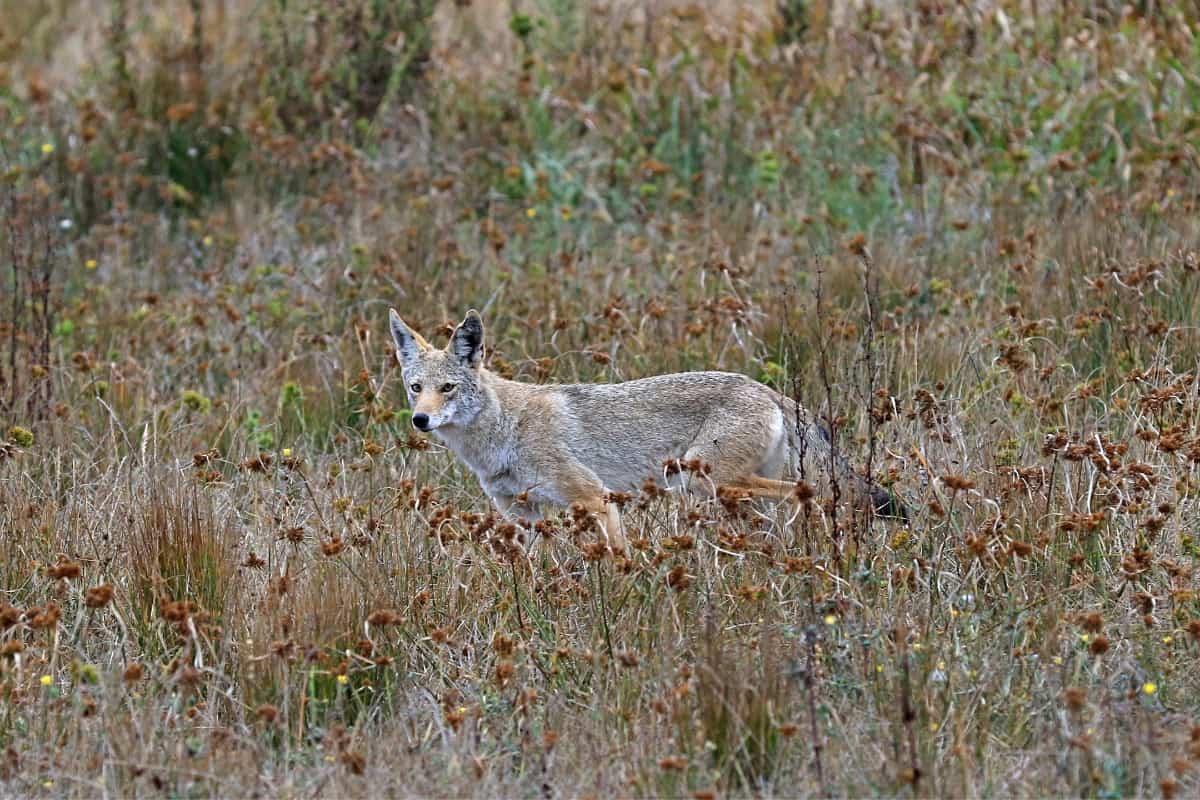
These coyotes are found along the coastline of the Pacific Northwest region of North America. These are not recognized as distinct subspecies, but they may exhibit certain adaptations and characteristics influenced by their coastal environment. These coyotes come with very dark fur.
Peninsula coyote
This occasionally resides in the California region. It has reddish fur and full black color on its belly.
Mountain coyotes
Mountain Coyotes or High-Altitude Coyotes, refer to coyotes that inhabit mountainous regions. These coyotes come with long ears and long bushy tails. They mainly lie in the Southeastern side of Alberta and British Columbia.
Central American coyotes
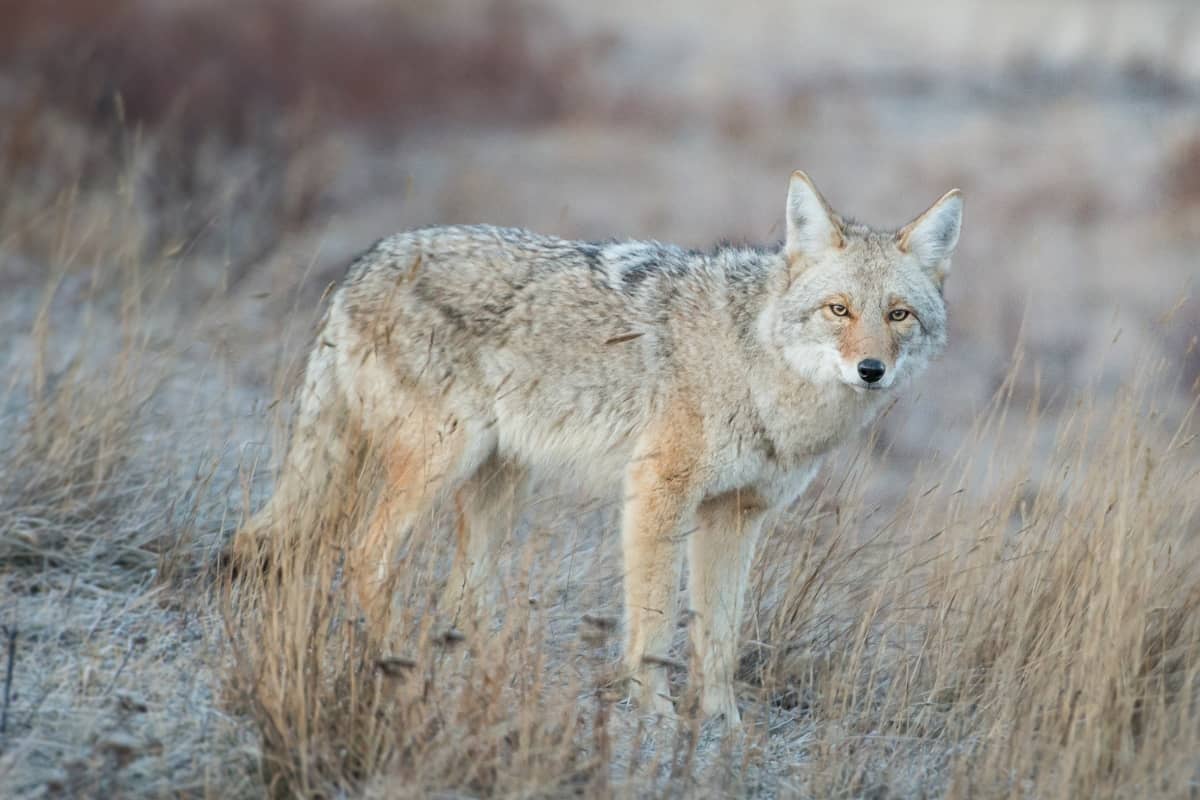
There are a total of 7 subspecies that you can categorize under the Central American region. These Subspecies are Belize, Durango, Colima, Mexican, Salvador, Honduras, and Tiburon Island.
Belize coyotes
Belize. Coyotes are primarily found in North America, ranging from Canada down to Mexico and parts of Central America. However, they are not known to be present in Belize. Belize has its own diverse wildlife, including various species of mammals, birds, reptiles, and marine life.
Colima coyotes
These dark-colored coyotes lie in the coastal regions of Mexico, and Jalisco.
Durango coyotes
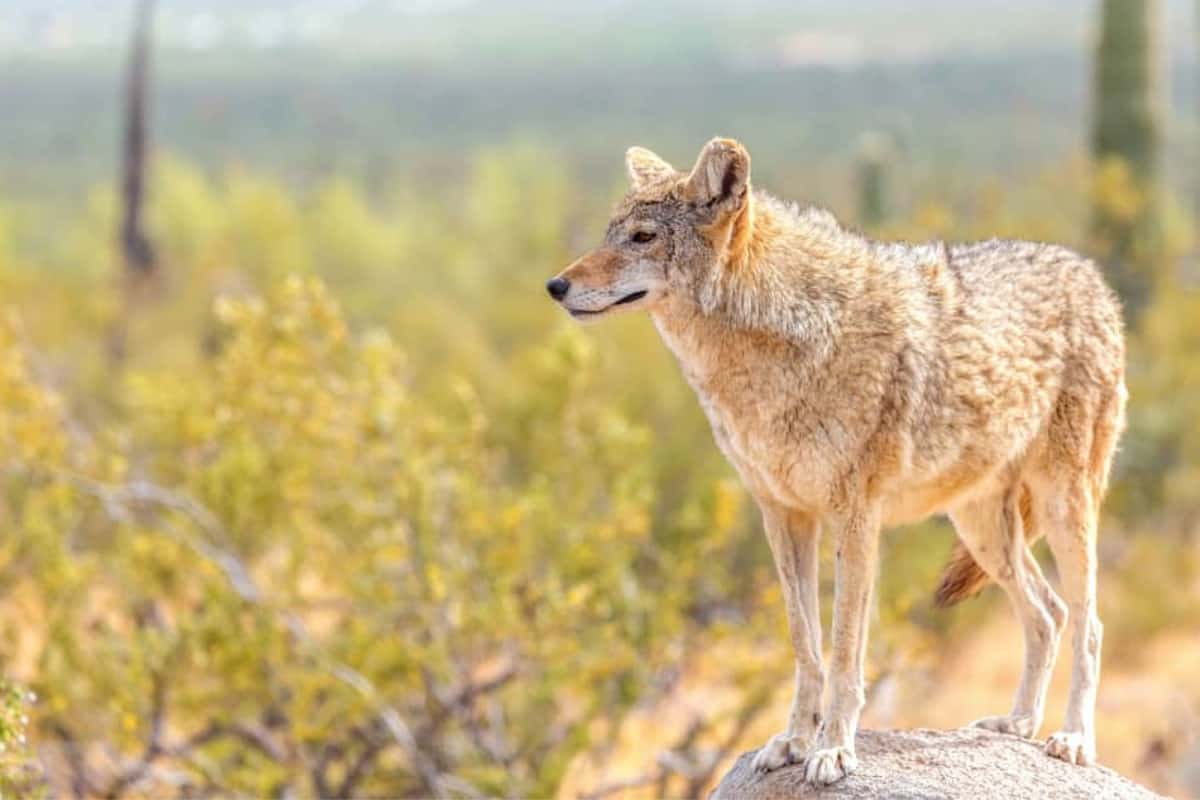
These are good size coyotes having a full reddish coat. They mainly reside in the Durango, Sonora, and Sinaloa regions.
Honduras coyotes
These are small size coyotes having very thin fur and lie in the North of Tegucigalpa.
Mexican coyotes
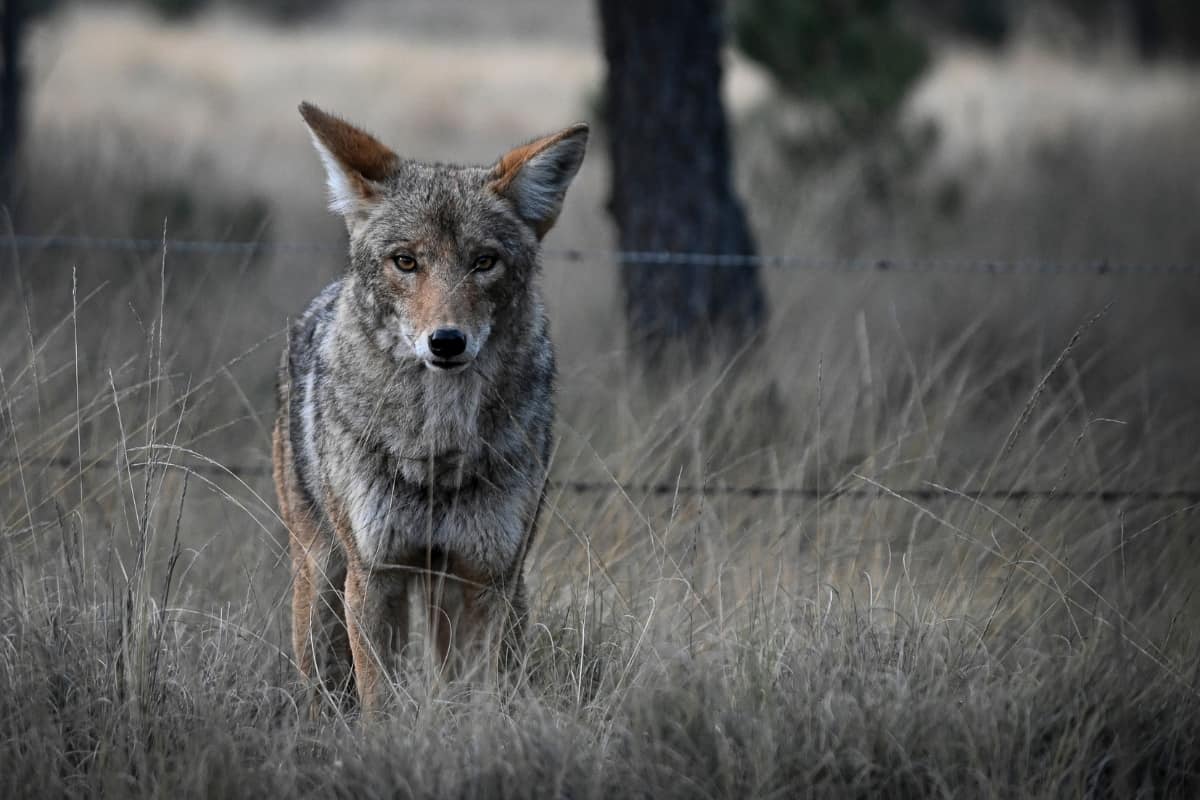
These coyotes have a full reddish coat and very strong teeth. These coyotes reside in the Puebla, Oaxaca, and Veracruz regions of Mexico.
Salvador coyotes
These are coyotes having very thin fur and reside in the southern side of Panama.
Tiburon island coyotes
These are also small size and thin-shaped coyotes having pale color and reside on Tiburon Island.
Central United States coyotes
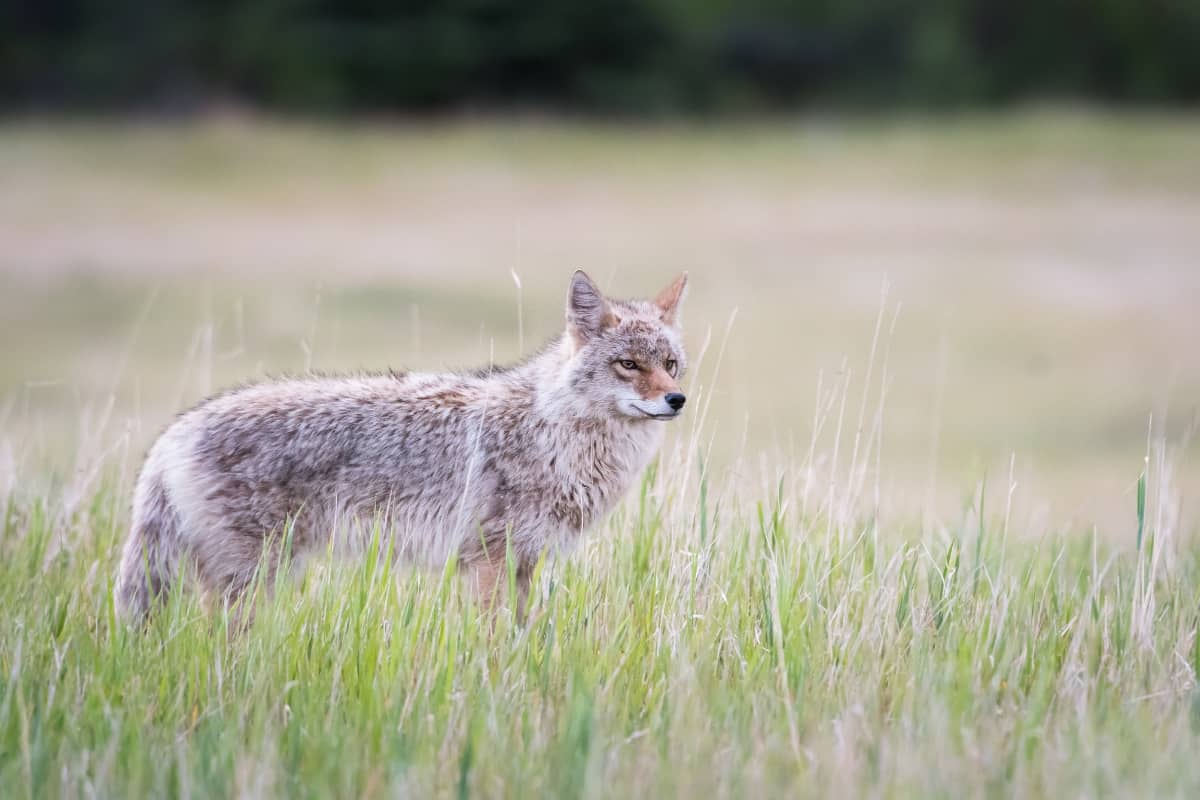
Central United States coyotes have a very extended geographical range. You can witness them as far North as Canada, and as far south as Mexico. There are four subspecies of these types of coyotes like Mearns, plains, Lower Rio Grande, and Texas plains. These coyotes mainly reside in the areas which are associated with their names.
Eastern coyotes
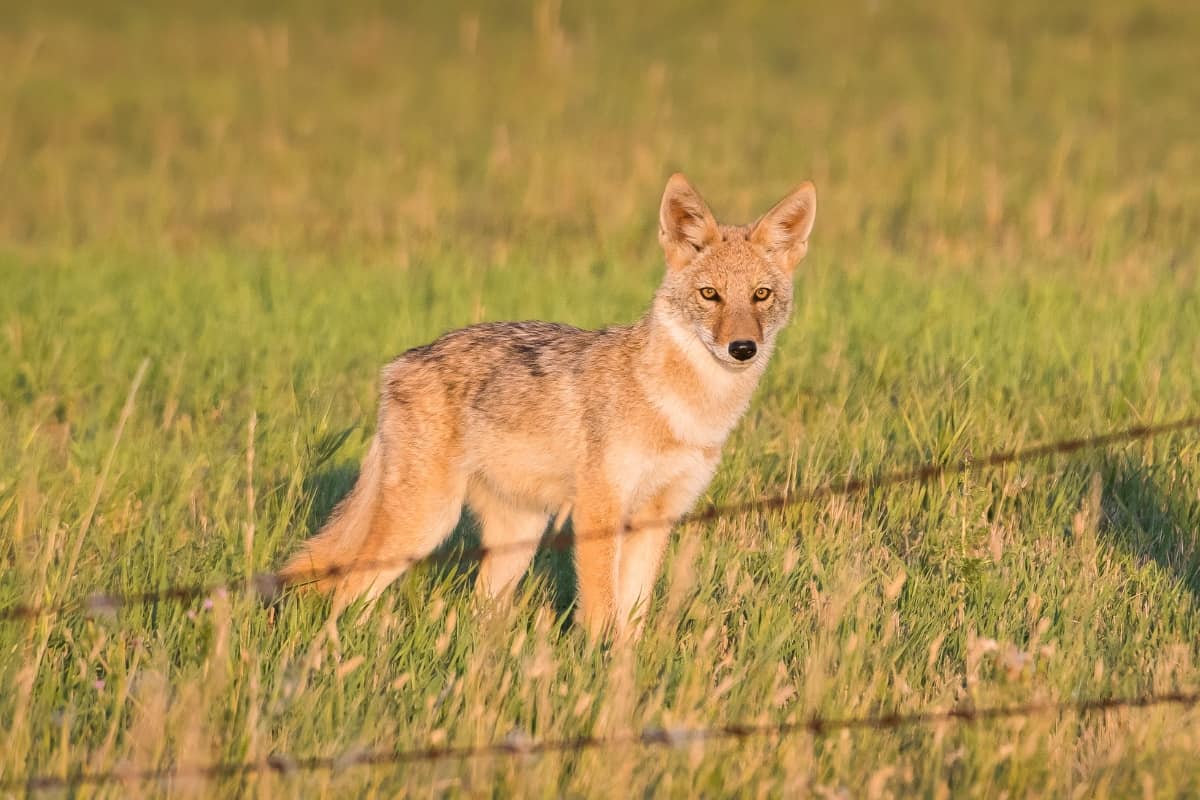
There are two different kinds of subspecies that you can find in the eastern coyotes, northeastern and southeastern. Northeastern are known for their bigger teeth but the Southeastern coyotes are smaller in size.
Northeastern Coyotes
Northeastern coyotes are a recognized subspecies of coyotes that inhabit the northeastern regions of North America, including parts of Canada and the United States. Northeastern coyotes are known for their larger size and more varied genetic makeup compared to western coyotes. They are the result of interbreeding between western coyotes and eastern wolves.
The genetic influence of wolves has had several effects on northeastern coyotes. They are generally larger and have a more robust build compared to their Western counterparts. They also have a thicker coat, which helps them to endure the colder climates of the northeastern region. In terms of behavior, northeastern coyotes may display some wolf-like characteristics, such as living in packs and exhibiting more cooperative hunting behaviors.
Northeastern coyotes have successfully adapted to various habitats, including forests, suburban areas, and even urban environments. They are opportunistic omnivores, feeding on a diverse diet that includes small mammals, birds, fruits, insects, and carrion.
Southeastern coyotes
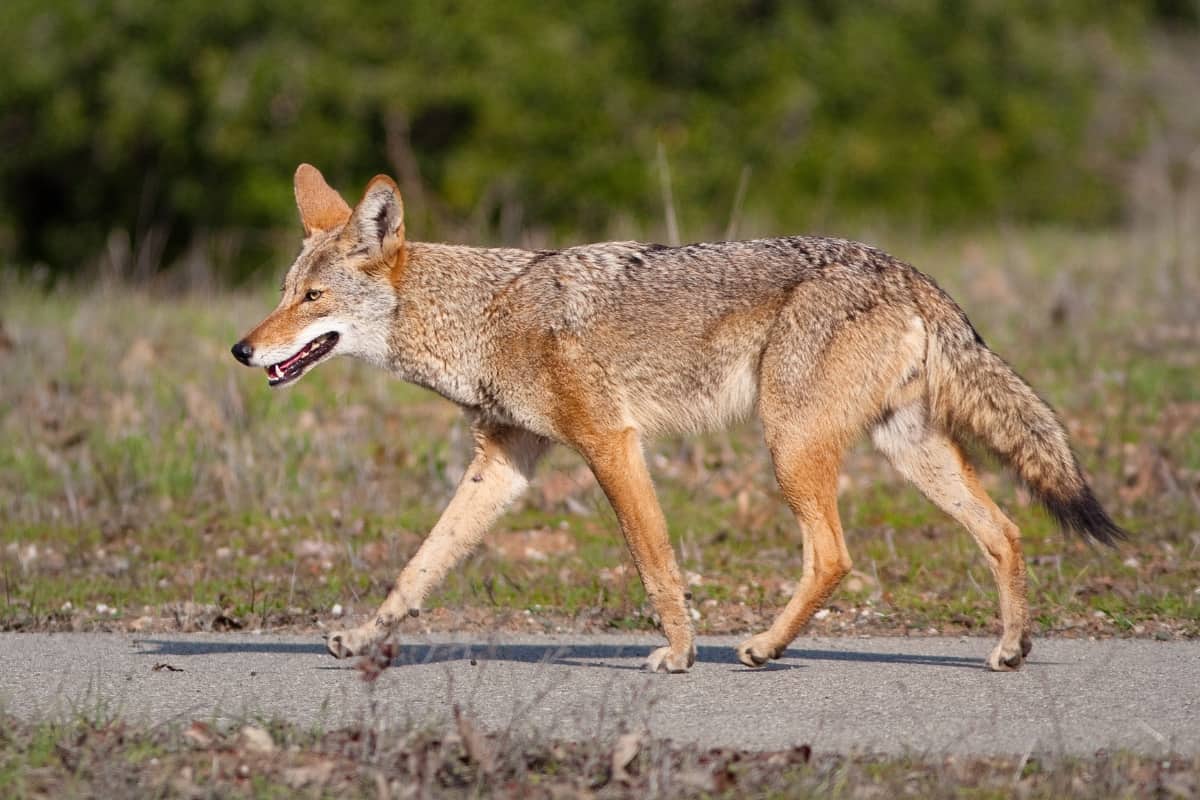
Coyotes in the southeastern United States may exhibit some regional variation in terms of their size and behavior. Factors like prey availability, habitat types, and climate can influence these variations. For instance, coyotes in the southeastern states, like Georgia, Florida, and Alabama, may be smaller in size compared to their counterparts in other regions.
Additionally, they may adapt to more forested habitats and show behaviors that allow them to coexist with other predators like red wolves and bobcats. There may be some regional distinctions in the populations of coyotes across different parts of North America, including the Southeast, they are generally considered to be part of the broader species rather than a separate subspecies.
Hazing Different Types Of Coyotes
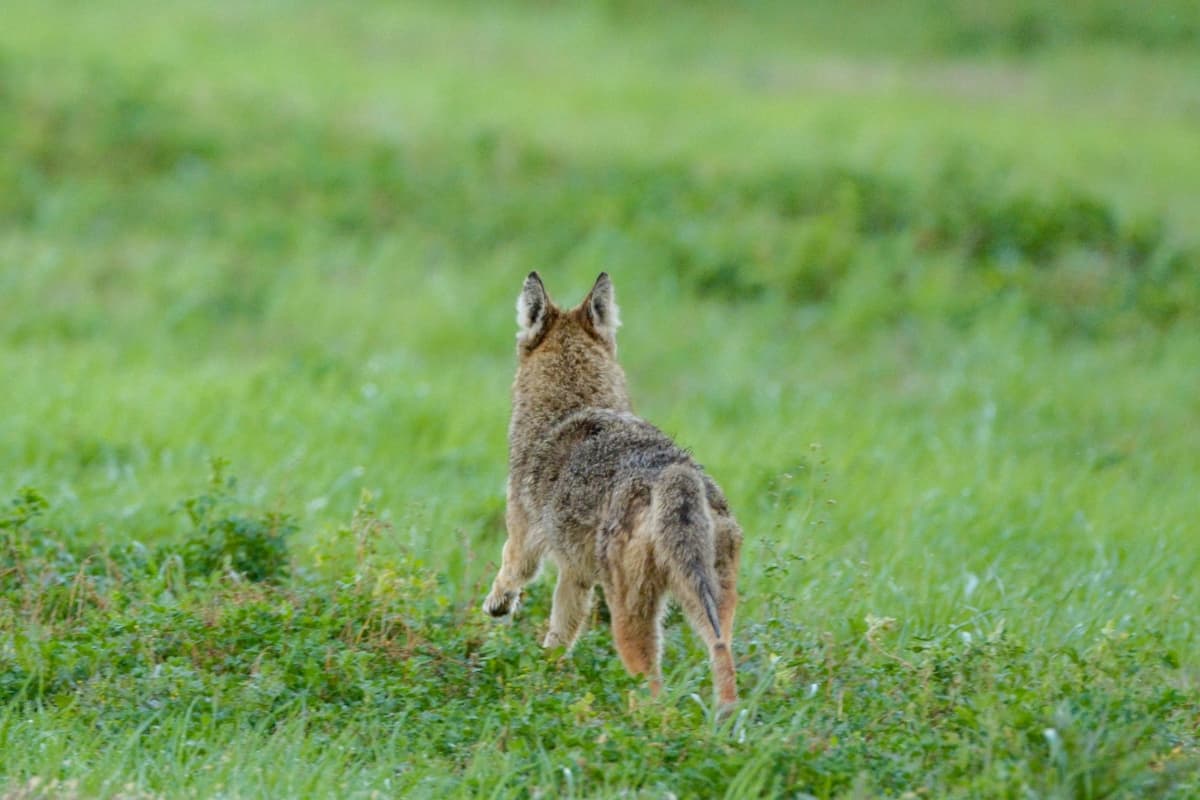
Hazing techniques for coyotes are actually non-lethal methods to discourage coyotes from approaching populated areas. The main purpose is to promote coexistence between humans and coyotes while maintaining the natural fear of human beings towards coyotes. Some of the most common hazing techniques:
Yelling and making loud noises: Shout, clap your hands, blow a whistle, or utilize loud devices to intimidate the coyote.
Make yourself appear larger by waving your arms: Stand tall, and wave your arms to make yourself more dominant. This can help convey that you are not an easy target.
Throw objects in the coyote’s direction: Pick up small rocks, sticks, or other objects and throw them in the direction of the coyote.
Use visual deterrents: Install motion-activated lights, scarecrows, or reflective objects in your yard to deter coyotes.
Use noisemakers: Employ air horns, whistles, or other noise-making devices to generate loud sounds that can scare coyotes away.
Maintain eye contact for the sake of assertiveness: If you encounter a coyote, maintain eye contact and exhibit assertive behavior. Back away slowly while facing the coyote, and never turn your back while running.
The hazing techniques should only be used when you encounter a coyote that displays aggressive behavior. Generally, it is best to prevent coyotes from becoming habituated to human-provided food sources and to keep small pets supervised and secured.
Read this detailed article about what are coyotes afraid of to keep coyotes away.
Frequently asked questions
Conclusion
There are no officially recognized subspecies of coyotes but regional variations in size, coloration, and behavior exist among different types of coyotes. These variations are primarily shaped by environmental factors, genetic influences, and interbreeding with other canid species. The concept of different coyote types may not align with strict subspecies categorization, but acknowledging the regional variations in coyote populations enhances our understanding of these resilient and adaptable canids.

Izzy is an experienced ranch worker who has a passion for exploring nature and getting up close to wildlife. With her connections to various animal organizations, Izzy is well-versed in animal care and rehabilitation.

